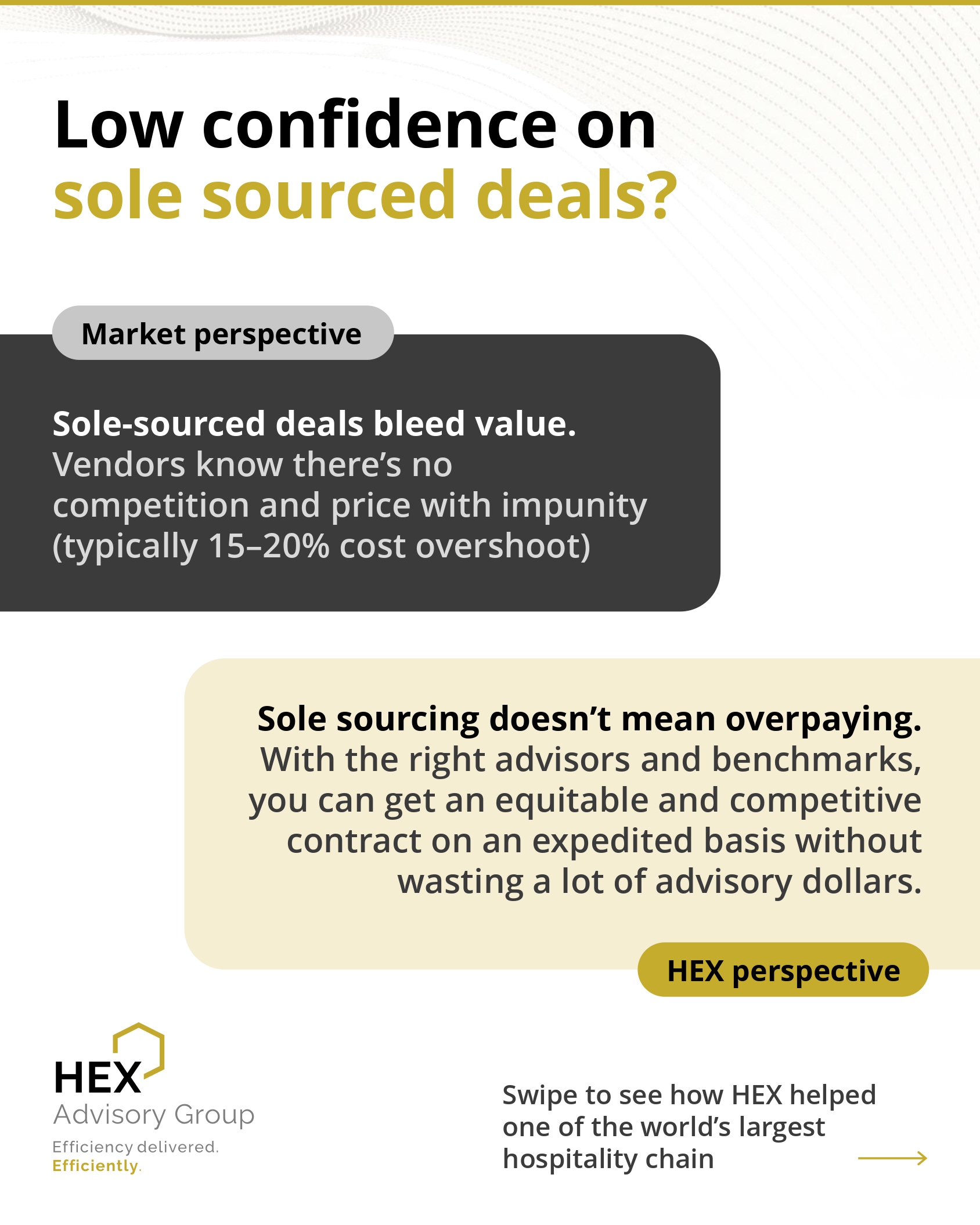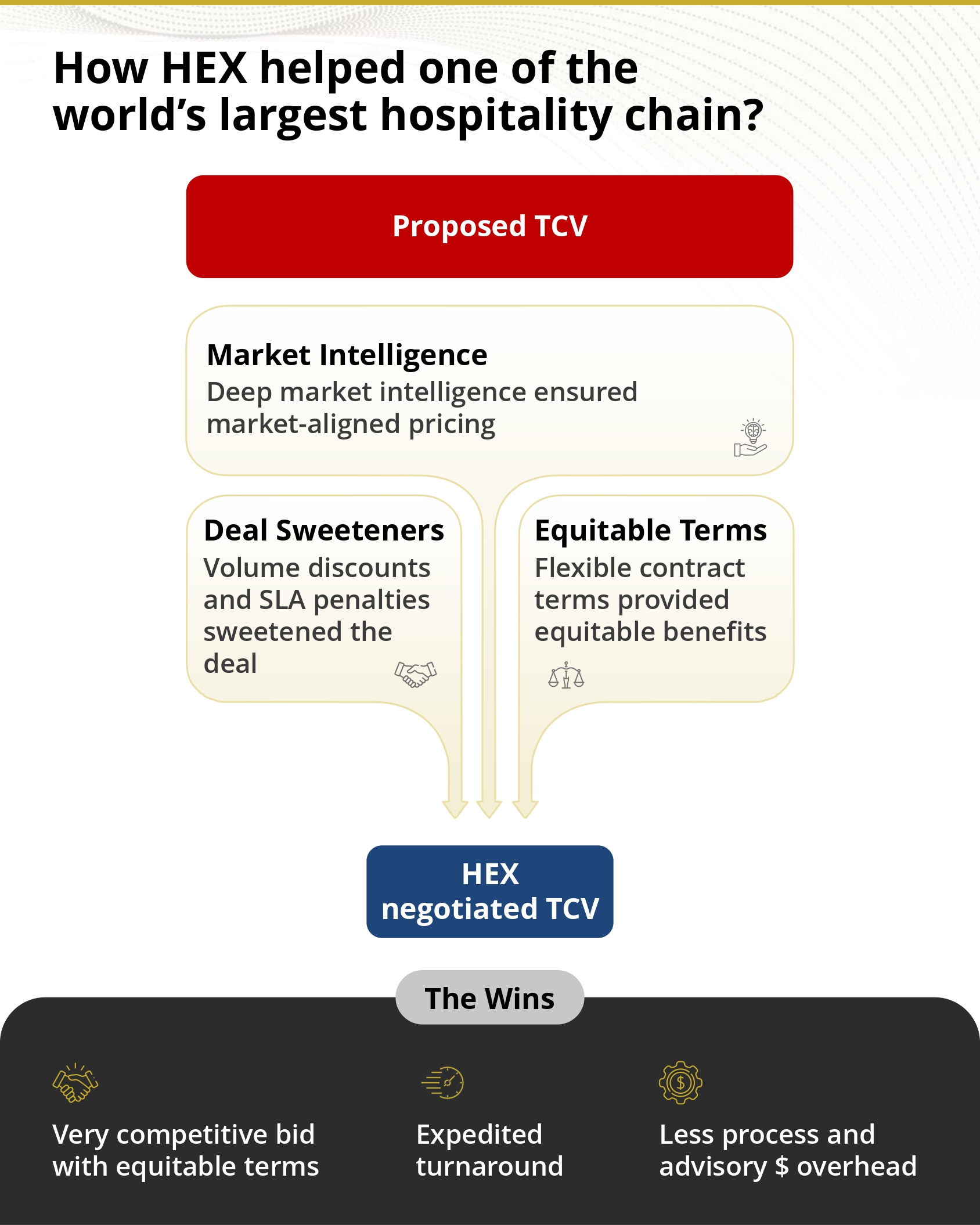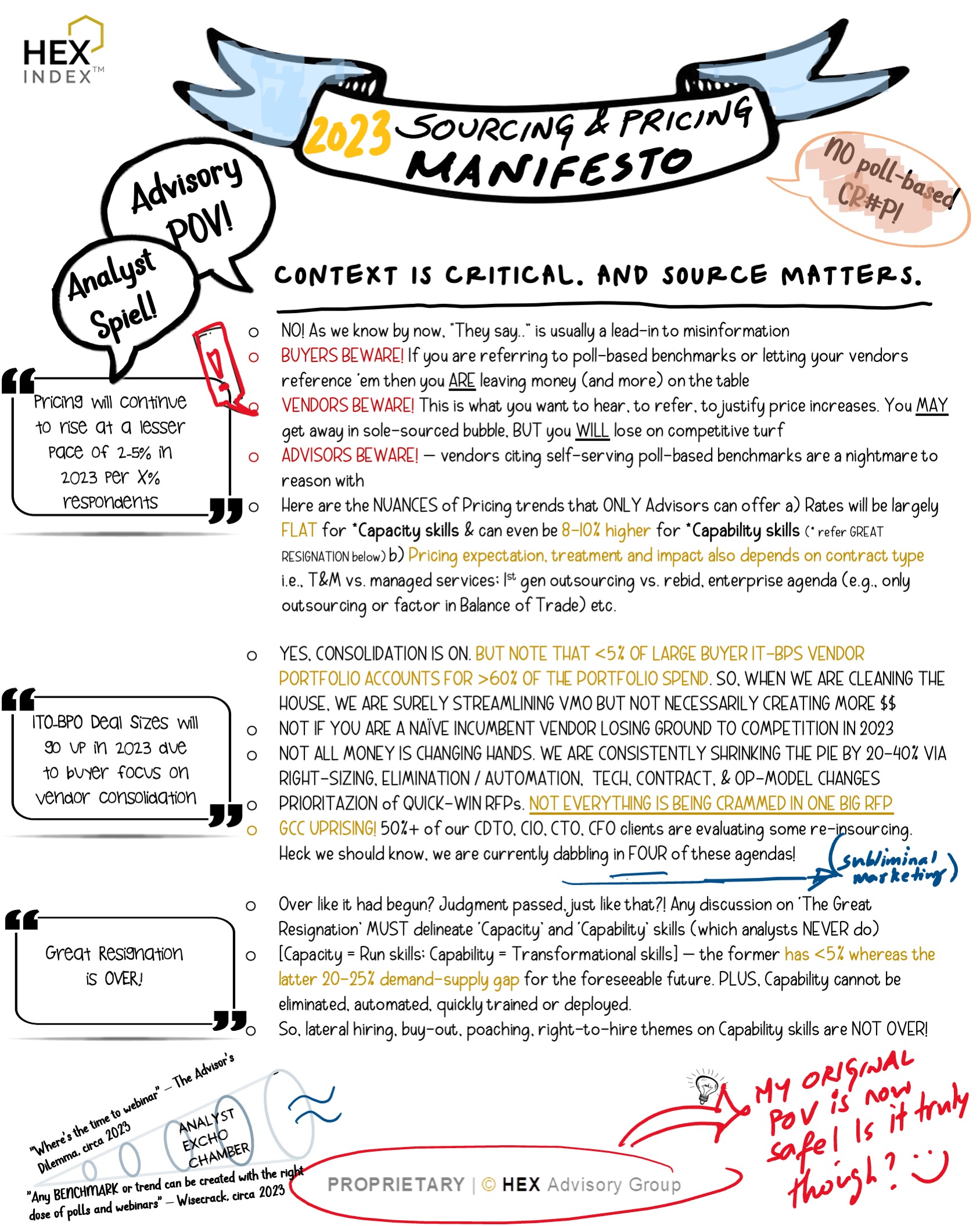This may be a bit of memory jog as this is not about the automation BOT that has been the top of mind recall in recent times but rather the good old, Build-Operate-Transfer (BOT) that is making a quiet but definitive comeback to the boardroom discussions. During the pandemic and post ‘The Great Resignation’, firms have and are continuing to de-risk their alternate service delivery models. As part of this, enterprises are increasingly assessing and executing BOT transactions. The drivers for them to do this are multifold e.g., deleveraging third-party outsourced portfolio, managing sensitivities around product development, building digital talent inhouse etc. While the classic BOT remains intact, its close variant, Virtual Captive, is increasingly gaining traction as this model offers a good balance between ‘Control’ and ‘Risk’. The supply side is becoming increasingly mature and arming their portfolios with innovative and agile ‘as-a-Service’ solutions.
Next time, when you are looking beyond Managed Services but do not just have the appetite for own captive, definitely worth adding this to the list of options. Lets you ‘test-drive’ offshore on a ‘Pay-as-you-grow’ model.
Know more about our GCC Lifecycle Advisory Services
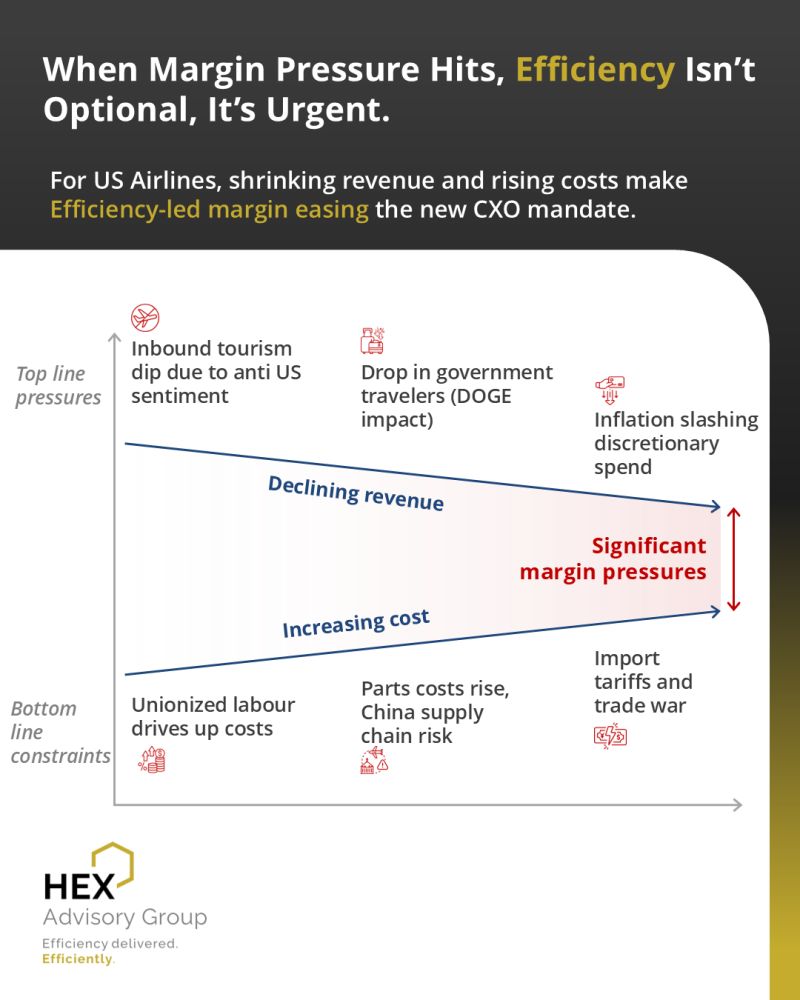

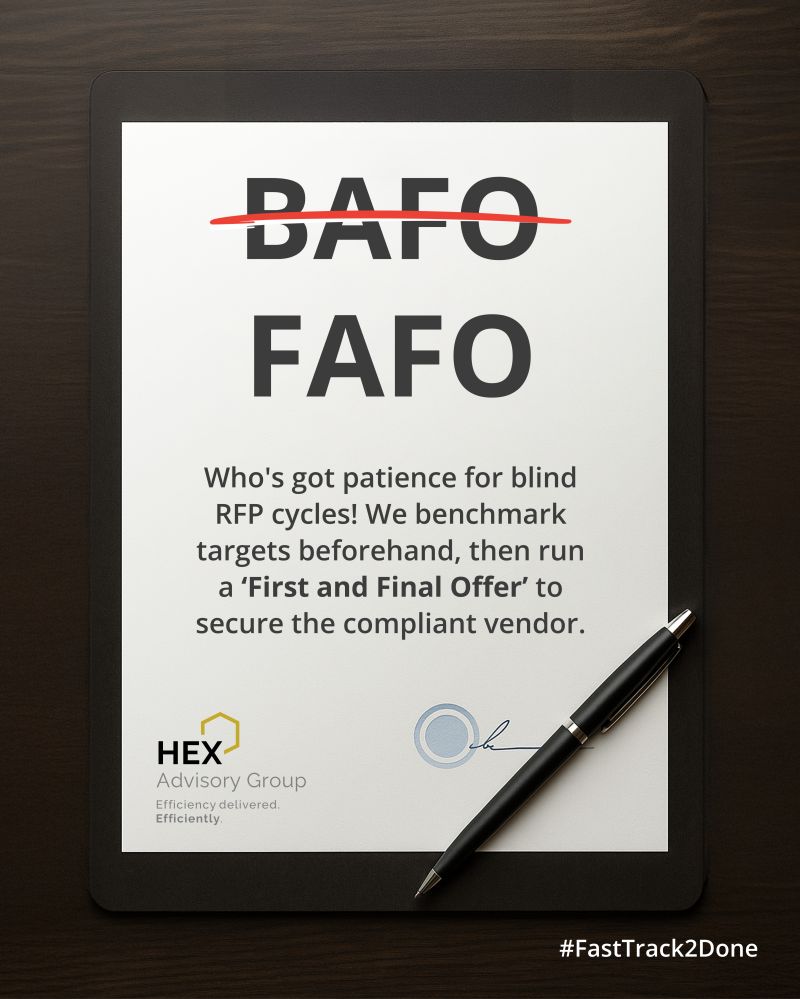
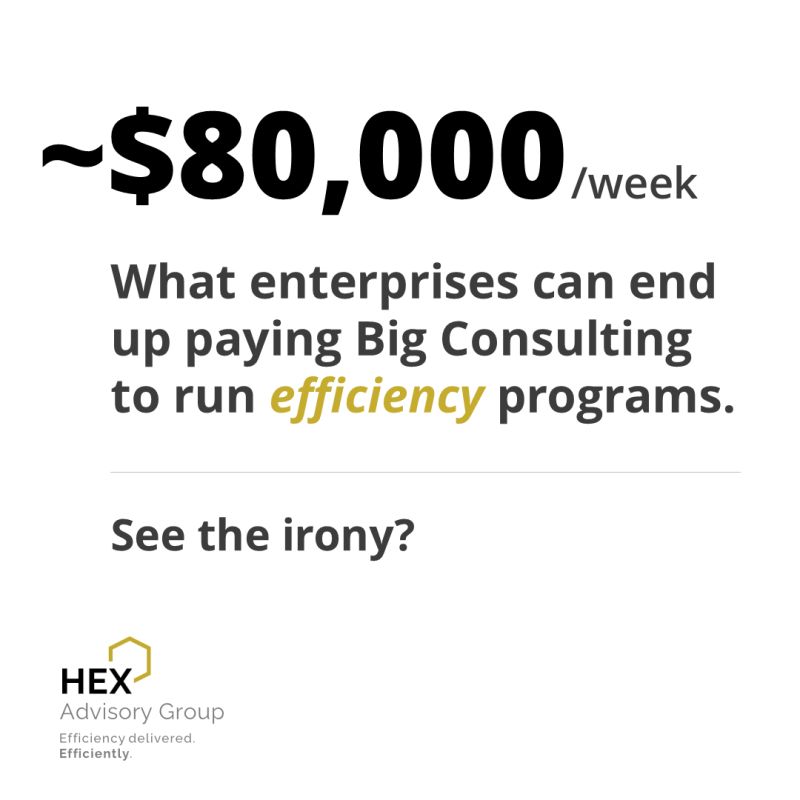 \
\